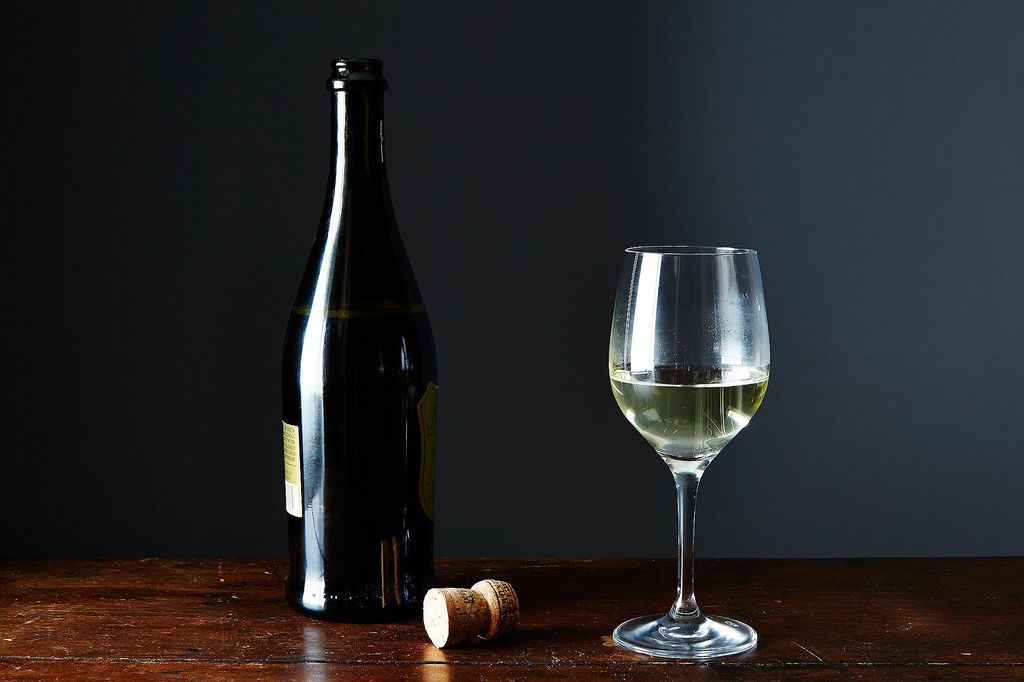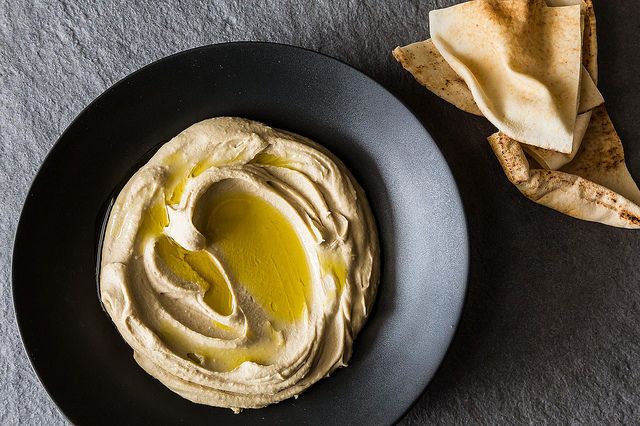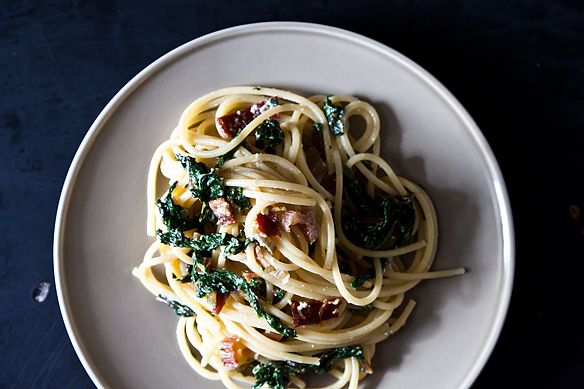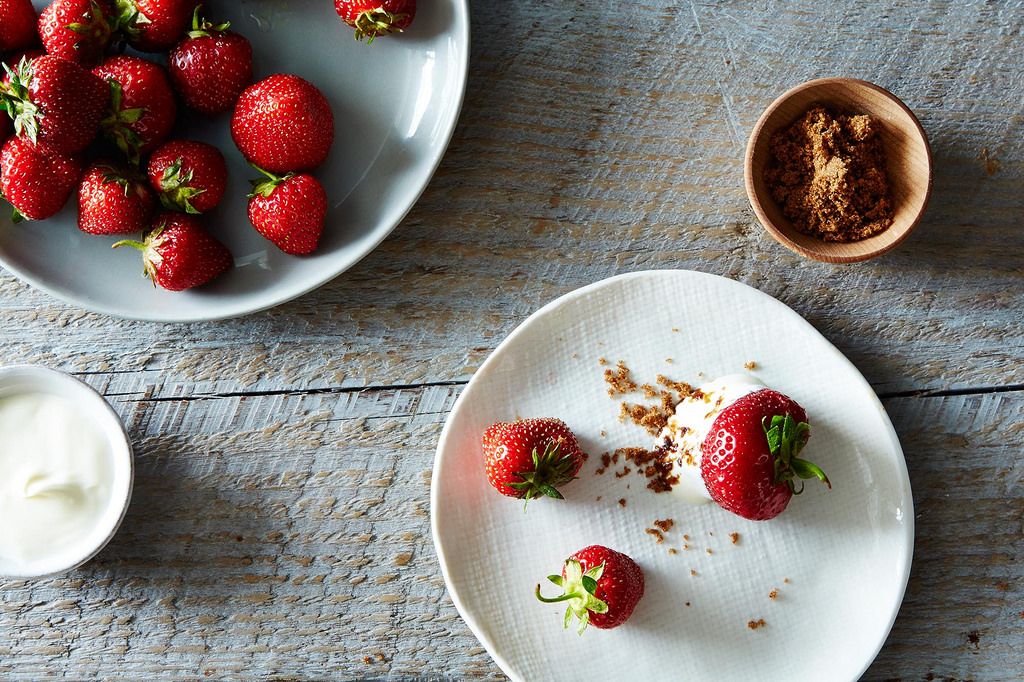We may have food down cold, but wine? This is where we'll conquer it. Join us; we don't want to drink alone.
Today: Prosecco is the friendliest of wines: bright, lively, and easy to pair with food.

Here's what Prosecco is: a sparkling wine that's meant to be enjoyed, casually, in lively social situations, while the wine is very fresh and young.
Here's what Prosecco is not: a heavy, ponderous wine involving lots of time and expense.
In Italy, Prosecco’s home turf, it's most often enjoyed as an aperitivo, the before-dinner drink that happens in that liminal window of time between the end of a work day and dinner. Drinking Prosecco is like hitting refresh.

What few people appreciate about Prosecco, in my opinion, is how well it pairs with food, especially when you experiment with it beyond the aperitivo. Some of its most reliable characteristics -- like low alcohol and high acidity -- make for very food-friendly wines. And when you consider that Prosecco is usually very affordable, you can start to envision budget-friendly meals alongside this very social wine.
More: Pour yourself a glass of Prosecco in one of these beautiful, non-traditional glasses.
Imagine taking what we all love about Prosecco -- its liveliness, its friendliness, its freshness -- and weaving it into the different layers of your food. Here are some suggestions for exploring Prosecco, as an aperitivo and beyond.
Before the meal:
Use this opportunity to drink Prosecco like an Italian. Look for options, such as IL Prosecco by Mionetto, that are easy to drink and go well with quick hors d'oeuvres -- especially when you're planning quick or last-minute get-togethers, or when you're pressed for time. Open a bottle, set out snacks like olives, cured meats, and hummus, and you're good to go.

Early courses:
It's very hard to go wrong with a food and wine pairing when you follow the advice (and the recipe) of the people who make the wine. For Annalisa Franco of Nino Franco winery in northern Italy, that recipe is for risotto that includes their Brut Prosecco Superiore: The recipe follows the template of a traditional risotto, with onion in the beginning and Parmigiano-Reggiano at the end, but uses their Prosecco instead of the traditional still wine. This adds an extra dimension to the dish -- partly thanks to the complexity of the grape, partly thanks to the careful and well-monitored production of the wine, and partly because of the flavors that concentrate during the cooking process.
More: Craving risotto now? You can make it in 5 easy steps.
Exploring another category of Prosecco -- like Nino Franco's Brut -- means exploring characteristics beyond the thirst-quenching and often sweet-tasting features of most entry-level options. Your first sip, for example, might taste of lively fruit like melon or citrus; in that case, try it with a pasta dish like Swiss Chard with Lemon Ricotta Spaghetti. You might experience a finish with more minerality; in that case, try it with Le Bernardin's Genius Recipe for Crispy-Skinned Fish.

Main courses:
One of the most surprising features of good-quality Prosecco is how well it pairs with spices and meat, such as grilled meat skewers seasoned with Dijon mustard and paprika or roast chicken with a mix of spices. This is thanks to the wine's texture -- its bubbles have a tingly grace that's a very playful contrast to the hit of the spice -- and the wine’s acidity, which balances the richer, juicier flavors of the meat. Look in particular for Casa Coste Piane Sur Lie Frizzante.
Dessert:
Prosecco hangs its hat on freshness, so it makes sense that dessert pairings can start there: with fresh melon, for example, or figs, or a combination of fresh fruits together in a salad. For more composed desserts, try meringues, or crème brûlée, or a lemony cheesecake with a Biscoff crust.

What foods do you serve with Prosecco? Let us know in the comments!
Photos by James Ransom






See what other Food52 readers are saying.